Online Consumption: How Have Habits Changed After the Pandemic?
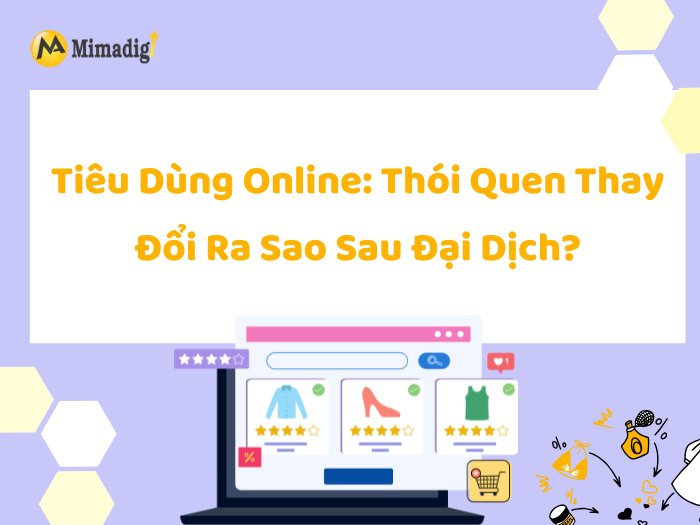
Online consumption has become an indispensable part of modern life, especially after the COVID-19 pandemic. The global consumer market – including Vietnam – has witnessed a strong shift from offline to online. This is no longer a temporary trend but a long-term structural change in the consumption habits of the people.
E-commerce, social media, digital technology, and user experience are now the focus of every purchasing decision. Businesses that fail to adapt to the trend of online consumption will gradually be eliminated from the game.
Consumer Behavior Before and After the Pandemic
Before COVID-19, most Vietnamese consumers still prioritized traditional forms of shopping. Online shopping had many barriers:
- Concerns about fraud and product quality
- Habit of using cash (COD)
- Limitations in payment technology and logistics
However, after a long period of social distancing and supply chain disruptions, consumers were forced to change. From there, they discovered the undeniable convenience of online consumption: just a few clicks, and everything comes to the door.
Key Changes in Online Consumption Habits
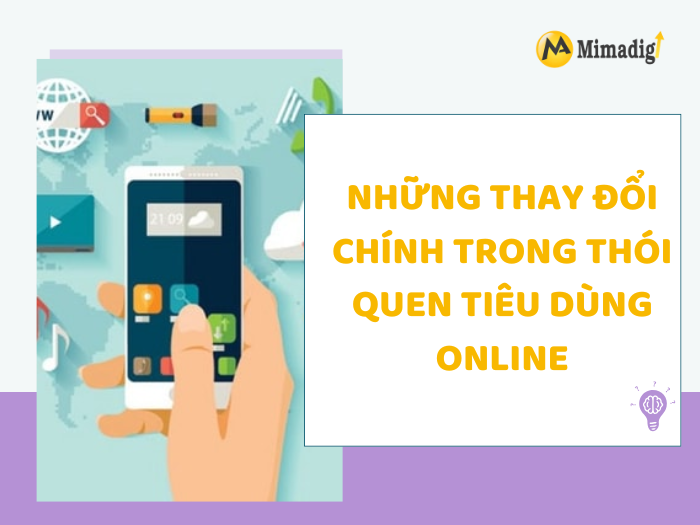
The popularity of e-commerce
E-commerce platforms such as Shopee, Lazada, Tiki, Sendo… recorded a surge in the number of users and orders after the pandemic. Consumers are no longer hesitant but actively search, compare, and shop regularly through these platforms. This is clear evidence of the outstanding development of online consumption in Vietnam.
Social media becomes an effective sales channel
Not just for connecting with friends, social media is now a consumer ecosystem. TikTok Shop, Facebook livestream, mini-games on Instagram... are all forms of online consumption that consumers love.
Trust in sellers no longer comes from big brands, but from KOLs, Influencers, or sellers with genuine interactions and reviews.
The rise of cashless payments
Payments via e-wallets (MoMo, ZaloPay, ShopeePay), digital banking, and QR code scanning are becoming increasingly popular. This helps transactions become faster, more transparent, and contributes to building consumer trust in online consumption.
Increasing demand for personalized experiences
Consumers expect:
- Product suggestions that meet their needs
- Easy-to-use interface, optimized for mobile phones
- Content (ads, emails, offers) that is timely and relevant
Successful brands today use AI, user data, and shopping behavior to provide personalized experiences for each individual - contributing to shaping smarter and more convenient online consumption habits.
How Do Online Consumption Habits Affect Different Industries?
Changes in online consumption behavior not only stop at the method of purchase but also directly affect the operating strategies of each industry:
- Food – fresh produce industry: Supermarkets and agricultural stores are strongly shifting to online ordering and fast delivery within the day. To ensure the experience, they integrate order tracking systems and commit to delivery time and product quality.
- Fashion industry: Because customers cannot try on directly, brands invest in AR technology (virtual try-on), fashion livestreams, and allow flexible returns to increase reliability for online consumption.
- Education – training industry: The boom in online learning has led to the development of online learning platforms, classroom management applications, contactless tuition payments... creating new habits in "consuming knowledge".
- Healthcare – pharmaceutical industry: Consumers seek remote consulting services, order medicine online, and monitor their health through apps. This is a big step in the trend of digitizing the medical industry.
The Explosion of “Screen Consumption”

Shopping through videos and livestreams
Consumers no longer just read product descriptions but prefer:
- Watching real-world review videos
- Watching sales livestreams and interacting directly
- Comparing options in the same segment
This creates the trend of "Social Commerce" – combining entertainment content and online consumption.
Favoring short – easy-to-access formats
TikTok videos, Instagram reels, Facebook stories... help brands convey messages in just a few seconds. Consumers will decide to buy immediately if:
- The content is engaging
- There are promotions
- The sharer is credible
Gen Z and Online Consumption: A New Shopping Wave
Gen Z is becoming the most influential consumer force in the post-pandemic era. They were born with technology, grew up in the age of social media, so online consumption is almost a given.
- Fast buying behavior – quick decisions: Gen Z tends to buy based on emotions, heavily influenced by short videos, quick reviews, and trending factors.
- Likes personalization – hates empty advertising: This generation values real experiences and real interactions. They expect relatable, "human" content, instead of elaborate and unrealistic advertisements.
- Prioritizes sustainability and social responsibility: Gen Z not only chooses to buy because it is cheap – but also because the brand has a positive social outlook, protects the environment, and has transparent product information.
Businesses that want to conquer this customer group need to adjust both their communication content and tools for online consumption.
Changes in Consumer Expectations
Higher transparency
After a period of crisis, buyers become more critical and demanding. They require:
- Public origin and product information
- Real images and clips from old customers
- Multi-dimensional, verified reviews
After-sales service becomes a vital factor
Not only buying goods, consumers also evaluate:
- Speed of handling complaints
- Return policy
- Professionalism when supporting
Businesses need to build an effective customer care system, which can be through live chat, chatbot, switchboard, or support center on the web - this is an indispensable part of the online consumption experience.
Omnichannel Shopping Trend
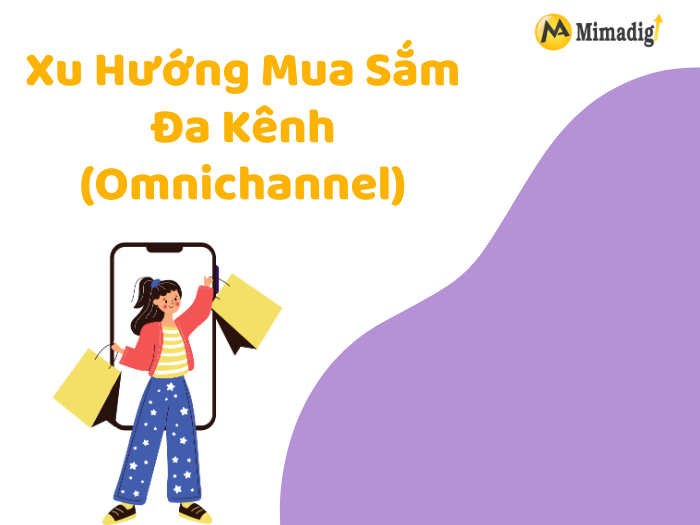
Consumers no longer shop through a fixed channel. They are more flexible:
- Learn online → buy directly at the store
- See goods offline → order online because the price is cheaper
- Buy online → pick up at the store to save on shipping fees
This trend confirms the role of online consumption not only as a replacement channel, but as an essential part of the modern shopping journey. Businesses need to integrate online and offline channels to create a seamless experience. This includes:
- Synchronize product information, prices, and promotions
- Manage inventory uniformly
- Allow customers to choose flexible forms of receiving goods
Positive Impacts for Vietnamese Businesses
Expand the market without geographical limits
Thanks to online, businesses can sell goods across the country, even export, without physical branches.
Accelerate technological innovation
The pandemic is a "push" for Vietnamese businesses to invest heavily in:
- Professional sales website
- Separate brand app
- Integrate CRM, ERP, chatbot, marketing automation
Sustainable growth if you know how to retain customers
Thanks to the data collected from user behavior, businesses can:
- Create personalized offers
- Send content at the right time
- Make data-driven marketing decisions
Challenges Businesses Face
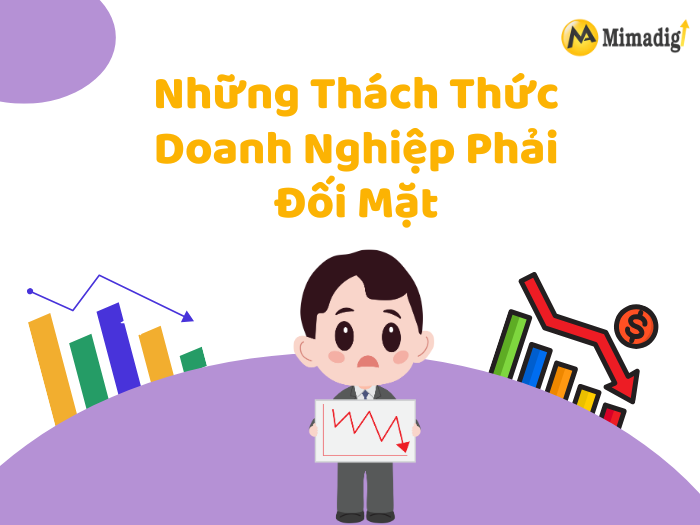
- Fierce competition in the online market
- Logistics and digital marketing costs are increasing
- Risk of user information security
- Difficult to maintain customer loyalty without continuous improvement
Solutions From MIMA: Accompanying Businesses in the Post-Pandemic Era
Faced with the constant changes in online consumption behavior, businesses cannot stand outside the game. Building a methodical digital presence and optimizing customer experience becomes a vital factor.
MIMA Trading and Service Co., Ltd. provides a comprehensive digital service ecosystem, helping businesses catch up with trends and develop sustainably in the online environment.
SEO Standard Website Design – The Core Foundation For Online Business
MIMA specializes in website design packages according to requirements, committed to:
- Beautiful interface, optimized user experience
- SEO standard from structure to content
- Responsive design – 100% mobile compatible
- Optimize page loading speed – increase user retention
- Integrate contact forms, Google Maps, lead collection forms
Comprehensive SEO Service – Bringing Businesses to Top Google Sustainably
MIMA helps businesses reach the right potential customers through:
- Keyword analysis, market and competitor analysis
- Optimize content, images, speed and web technology
- Building a SEO strategy according to industry, specific goals
- Monitor, measure and adjust campaigns periodically
Contact Information:
- MIMA Trading and Service Co., Ltd.
- Tax code: 0318672839
- Address: 31/3B hamlet 43, Dong Thanh Commune, Ho Chi Minh City
- Hotline: 0909 035 333
- Email: info@mimadigi.com
- Website: https://mimadigi.com/


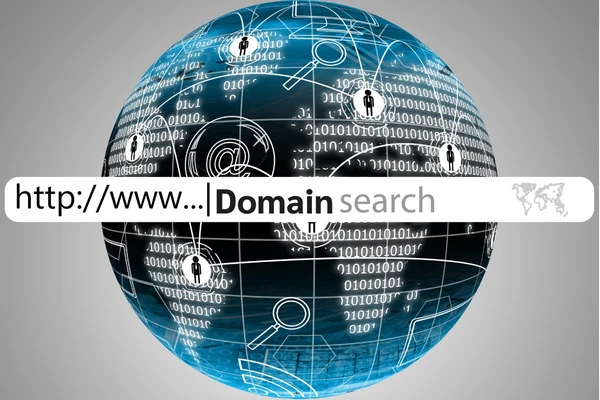

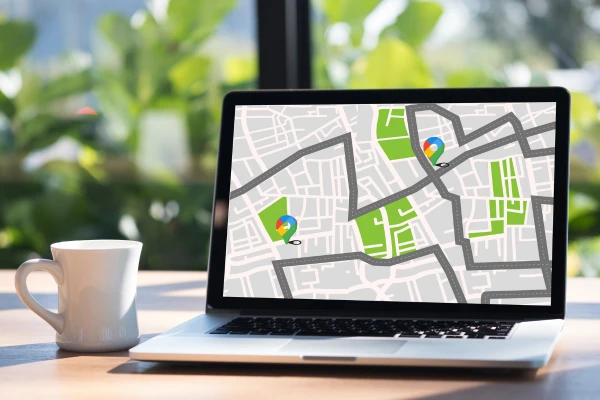



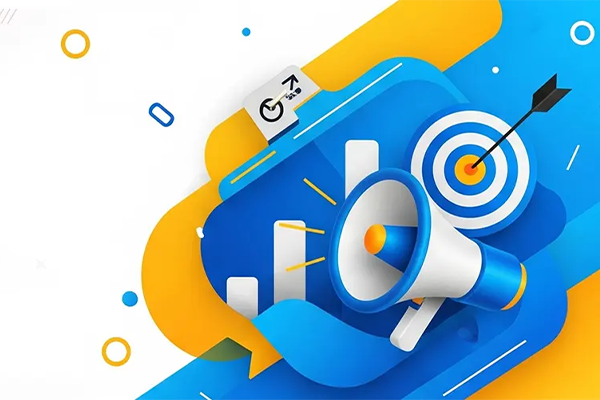
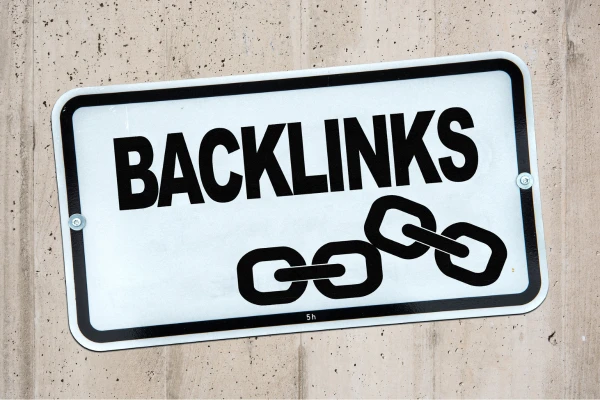
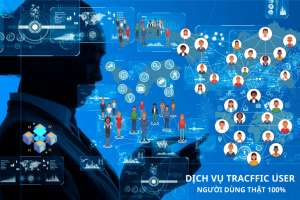
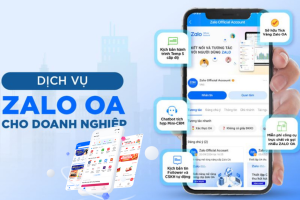
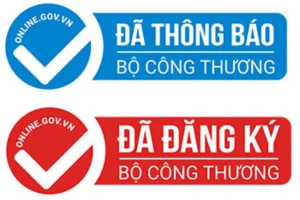
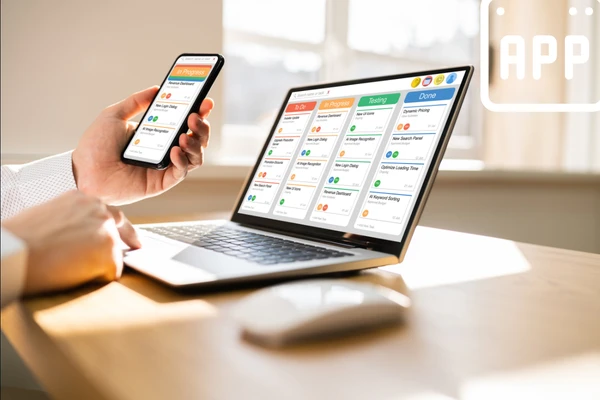

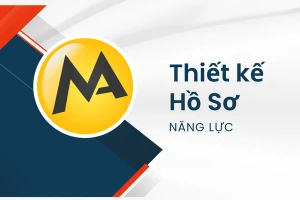






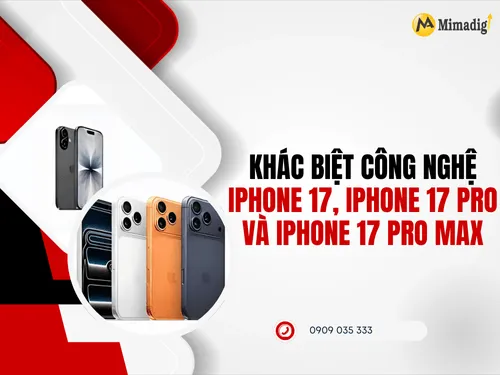
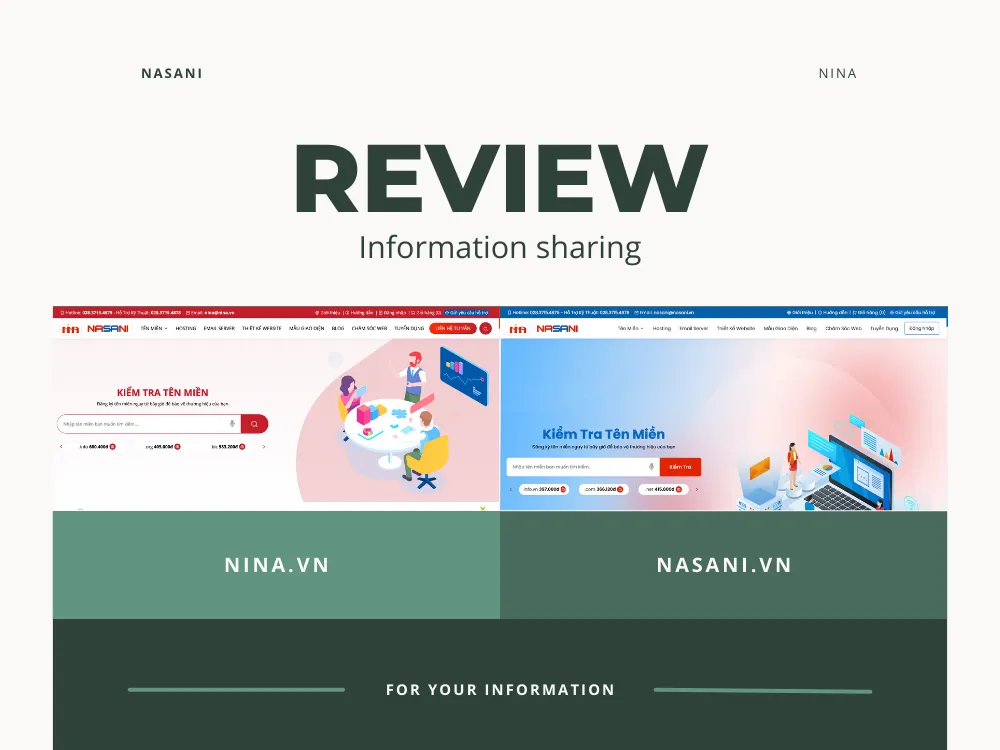


Share your review